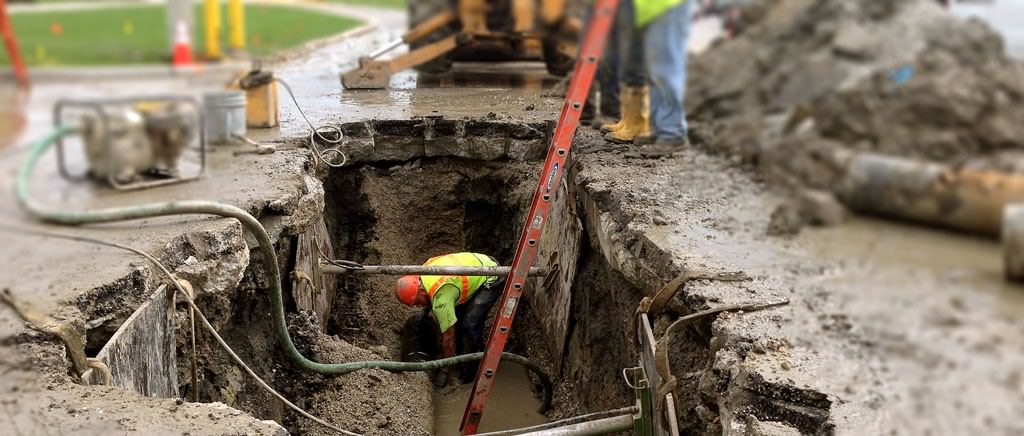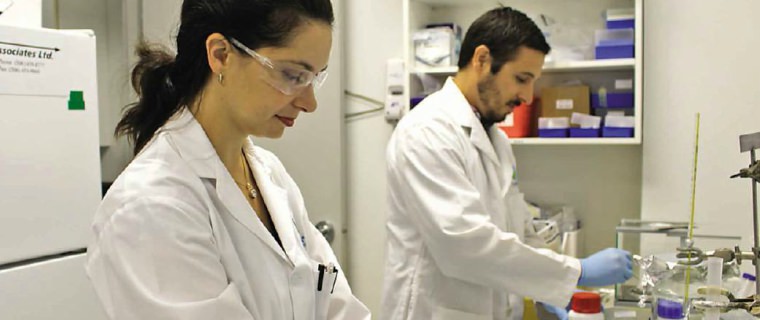While sulfate reducing bacteria (SRB) are widely known as a major cause of MIC in carbon steel, other bacteria with different physiological properties have been identified as potential contributors in the corrosion process as well. Iron reducing bacteria (IRB), for example, are heterotrophic facultative anaerobes which reduce ferric ions to ferrous ions under anaerobic conditions. There has been some controversy as to the role IRB play in MIC. Some studies report the IRB induce protection of carbon steel, while others suggest the removal of passive films of iron compounds on metal surfaces. There are also studies indicating SRB and IRB have a synergistic effect on pitting corrosion — higher corrosion rates occur when both SRB and IRB are present. While IRB do not produce corrosive agents like SRB (hydrogen sulfide), they can create an environment where sulfur bacteria can produce hydrogen sulfide. Some species, such as Shewanella, are known biofilm formers. This biofilm creates environments conducive for sessile bacteria population and MIC.
Our understanding of MIC and the associated organisms continues to expand. This knowledge will allow us to develop more effective monitoring and mitigation strategies ensuring the health of our assets.
NACE International has two standards related to the detection of bacterial growth and MIC:
- TM0194-2014 Field Monitoring of Bacterial Growth in Oilfield Systems.
- TM0212-2012 Detection, Testing and Evaluation of Microbiologically Induced Corrosion on Internal Surfaces of Pipelines.
Both standards emphasize that sound monitoring approaches need to involve a toolbox of physical, chemical and microbiological measurements. In terms of microbiological monitoring specifically, a best in class approach by global operators, is a combined approach of using 2nd Generation ATP as a first line of defense to determine when housekeeping and treatment programs are working or not, followed by speciation through culture-based and molecular tools.









